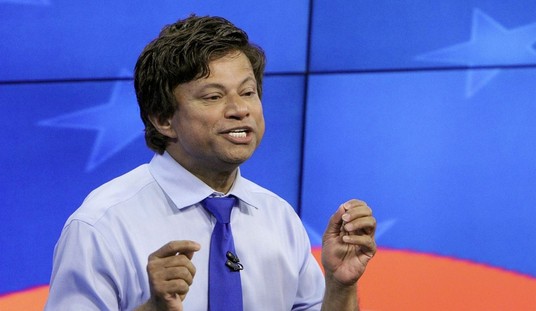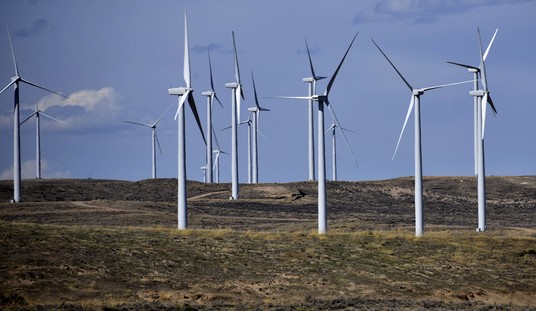The Federal Reserve Open Market Committee concluded their meeting last week with an announcement that they were raising the Fed Funds rate another quarter of a percentage point. The decision was unanimous with all meeting participants voting for the rate hike. The rate hike was the first rate hike since the Fed took the Fed Funds rate up a quarter percentage point from zero percent in December 2015.
The Fed also noted that it would continue to reinvest principal from agency debt and mortgage back securities, rolling over treasury holdings. This policy means that it would be maintaining monetary accommodation and has no plans to shrink its balance sheet by selling any of the over $4.5 trillion in securities it holds. Fed Chair Janet Yellen noted in the press conference after the release of the Fed statement that the more desired approach to shrinking the Fed’s balance sheet when the time comes would be not by selling securities, but by not rolling over expiring debt securities and letting them expire by their terms.
The Federal Reserve has a dual mandate of creating an economic environment of price stability and full employment. The Fed statement cited the following reasons for the interest rate hike: “solid” job gains, 15 million new jobs since the Great Recession of 2008-2009, a 4.6% unemployment rate, the lowest since 2007, overall improved conditions in the labor market, a progress towards the Fed’s 2% annual inflation target. In short, the Fed believed that it had met or was close to reaching its goals of full employment and price stability of 2% inflation. (One might think that stable prices should mean zero percent inflation, but the Fed has long argued that some inflation is good for the economy and hence has incorporated an inflationary bias into its definition of “price stability”.)
Recommended
The Dollar Index* which has been at all time or multi year highs against most major currencies, rose after the announcement from about 100.5 to over 103. Gold and silver fell sharply. While a rate hike had been widely anticipated by market participants, the Fed’s more hawkish tone boosted the dollar and sunk gold and silver. The Fed projected that three rate hikes in 2017 were likely, up from two increases that were projected in September.
After the Fed raised rates in December 2015, Fed projections were for four rate hikes in 2016. Despite the hawkish view of the Fed for four rate hikes in 2016, the Fed managed to enact just one in its final meeting of the year.
What’s Next?
The Fed noted that the current economic circumstances warrant only gradual rate increases and that the path of future rate hikes “depends on economic outlook as informed by incoming data.” Currently, the Fed views its decision to raise rates as a sign of their confidence in the progress the economy has made and is expected to make. Indeed, Ms. Yellen referred to the U.S. economy as “remarkably resilient”.
Here are the major anticipated pieces of incoming data that the Fed will be reviewing:
Inflation
The Fed noted that inflation has been running below it 2% target rate and that they are committed to getting there. The inflation rate in 2016 was below 2%, but up from last year. The Fed expects inflation to rise to two percent over the next couple of years. If the inflation rate were to stop inching towards 2% or if inflation expectations are lowered, the pace of rate hikes, if any, may be slowed. Ms. Yellen noted, however, that with unemployment at 4.5% and a projected further strengthening of the labor market in future years that inflation would rise to 1.9% next year and 2% in 2018 and 2019.
Labor Market Data
The Fed believes that the labor market will continue to strengthen. Ms. Yellen noted that an aging population has kept the labor force participation rate down and that wage gains have been minuscule during the recovery. Ms. Yellen viewed these structural issues outside the purview of what monetary policy might be able to influence.
Dollar Strength
Neither the Fed statement nor Ms. Yellen addressed the issues that a higher dollar might have on the economy and monetary policy. If the dollar continues its ascent, it may slow the rate of inflation by making imports less expensive and may cause job reductions in export related industries.
President-Elect Trump Policies
Since Donald Trump was elected, the stock market, interest rates and the dollar have all marched higher. Ms. Yellen noted that the higher stock prices, longer term rates and dollar suggest that market participants expect expansionary fiscal policies under President Trump. Mr. Trump has promised infrastructure projects and tax cuts.
Ms. Yellen said that the Fed was operating under a “cloud of uncertainty” and noted that all Federal Open Market Committee participants recognized there is considerable uncertainty regarding Trump’s economic policy and how it might impact monetary policy. Higher oil prices also cloud the economic outlook.
Ms. Yellen and her predecessor Ben Bernanke have been proponents of fiscal stimulus to boost the economy. When asked if such fiscal measures were still required, and as anticipated under a Trump administration, Ms. Yellen replied that she made statements regarding the efficacy of fiscal stimulus when the unemployment rate was much higher. Ms. Yellen indicated that she believed additional fiscal stimulus was not necessary now, but was careful to add that she was not giving advice on fiscal policy. Ms. Yellen added that changes in fiscal policies may change the economic outlook and, as a result, the Fed’s monetary policy that she stressed was not on a preset course.
The Stock Market
Ms. Yellen took note of the rising stock market and didn’t want to comment on the level of stock prices, but when pressed, said that stock valuations were within a normal range.
While the Fed has projected three rate hikes in 2017, it is imperative to remember Ms. Yellen’s words that the Fed’s monetary policy is not on a preset course and is subject to incoming data. Given the admitted “cloud of economic uncertainty” that Ms. Yellen referenced in her press conference last week and the Fed’s 2016 interest rate hike projections not being realized, the Fed’s current projection of three rate hikes in 2017 may also not be achieved.
* The US Dollar Index tracks the US dollar vs. the Euro, the Japanese Yen, the British Pound, the Canadian Dollar, the Swedish Krona and the Swiss Franc. The Euro comprises nearly 58% of the index.
This article by BGASC is not, and should not be regarded as, investment advice or as a recommendation regarding any particular course of action.

























Join the conversation as a VIP Member